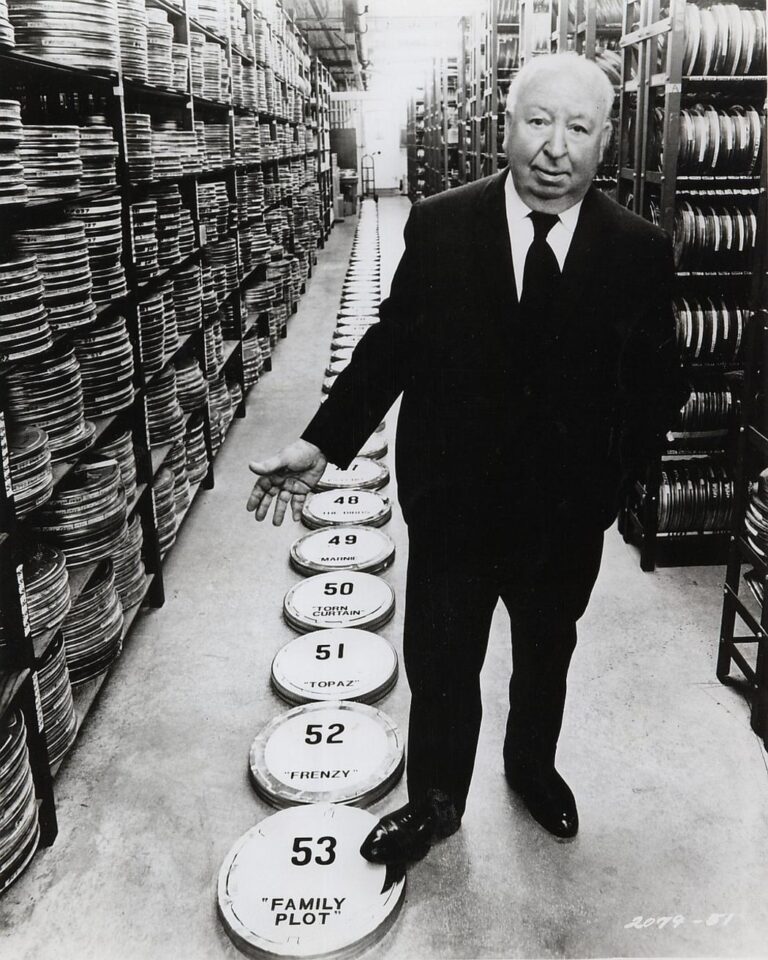Is Citizen Kane the Greatest Film Ever Made?
Like many people, I found myself with more time for films during the pandemic. With a growing list of classics to catch up on, I finally sat down to watch Citizen Kane for the first time. And like most first-time viewers, I had one big question: Is it truly the best film ever made?
Often hailed as the pinnacle of American cinema, Citizen Kane is more than just a film — it’s a touchstone. A cultural benchmark. A masterclass in visual storytelling. It also represents the creative apex of Orson Welles’ film career. One of my favorite things about Welles is his answer when asked how he managed to direct such a groundbreaking movie at such a young age:
“Sheer ignorance,” he said. He didn’t know what couldn’t be done, so he just went ahead and did it.
A Gothic Opening and a Final Word: “Rosebud”
The film opens with an iconic shot: a mist-shrouded castle on a hill, establishing a mysterious and somber tone. This is Xanadu, the estate of Charles Foster Kane—America’s answer to Kubla Khan. Moments later, Kane dies, alone, whispering a single word: “Rosebud.”
His death becomes a media sensation, and the newspaper he once owned, the New York Inquirer, sends a reporter to uncover the meaning of his final utterance. The mystery of Rosebud unfolds through a series of non-linear flashbacks told by five people who knew Kane best, piecing together the complex portrait of a man both powerful and deeply lonely.
The Rise and Fall of Charles Foster Kane
We follow Kane from his humble beginnings to building a massive newspaper empire—using sensational headlines that often blurred the line between fact and fiction. With the help of his closest friend, Jedediah Leland (Joseph Cotten), Kane grows the Inquirer from a small local paper into a national powerhouse.
He marries Emily Norton (Ruth Warrick), the President’s niece, solidifying his place in high society. But his political ambitions crash when his affair with Susan Alexander (Dorothy Comingore) is exposed by rival Boss Jim Gettys. Kane divorces Emily, marries Susan, and retreats into his enormous, unfinished estate at Xanadu. As the years pass, he becomes bitter, controlling, and increasingly isolated—until Susan finally leaves him, and he lives out his final days in solitude.
Though fictional, Kane’s character is widely understood to be based on William Randolph Hearst, the controversial publishing tycoon. So much so that Hearst famously tried to suppress the film’s release. Welles was followed, harassed, and even branded a communist by Hearst’s papers.
A Visual Revolution in Cinematography
It’s impossible to talk about Citizen Kane without praising Gregg Toland’s revolutionary cinematography. Visually, this film was—and still is—a masterpiece. From low angles and dramatic lighting to daring camera movements, the film introduced techniques that have become staples in modern filmmaking.
Toland’s deep-focus photography is particularly unforgettable: the way Kane’s parents discuss his future indoors while he plays in the snow outside is haunting in its clarity and depth. There’s also a standout scene later in the film, where Kane destroys Susan’s room in a fit of rage—shot from such a low angle that it makes him look monstrous and vulnerable at once.
These innovations weren’t just for show—they reinforced the themes of power, control, and isolation woven throughout Kane’s story.
So… Is Citizen Kane the Greatest Film Ever Made?
That’s the question I began with, and after finally watching it, my answer is: not quite — but almost.
While I wouldn’t personally call it the best film ever made, I fully understand why it holds that title for so many critics and scholars. What Welles and Toland achieved—especially for a debut feature—is nothing short of revolutionary. The storytelling structure, the visual techniques, the ambition of it all—Citizen Kane fundamentally changed how films were made, and how stories could be told.
Whether or not it’s the greatest, there’s no denying its lasting influence and essential place in cinematic history. It’s a film that every serious moviegoer should see, if only to understand how modern filmmaking stands on its shoulders.
And yes — I’ll never hear the word Rosebud the same way again.
